Space Technologies
State entities (military, government and local government sectors) and commercial entities in Poland and worldwide are engaged in Earth observation, satellite navigation, space technology development, Solar System exploration, and national security. It is essential to emphasize the significance of the Polish R&D, industrial-service, and IT sectors for the functioning of the company.
Experts indicate that changes in the following proposed priority areas are necessary for the development of space activities in Poland:
- Earth Observation and Satellite Navigation
- Space Technology Development and Solar System Exploration
- National Security
The dominant group of products and services owned or developed by Polish entities includes software, data processing, and IT systems for modeling and simulation purposes. Among industrial entities in the sector, limited liability companies dominate, with only three entities being joint-stock companies. Among scientific entities, universities, technical universities, and institutes can be distinguished.
The first targeted Polish Space Strategy highlighted the innovation potential of Polish companies, which is significantly supported by the high level of education in technical sciences. Polish entities actively participate in space projects, such as those implemented by ESA, reflected in the high degree of utilization of the membership fee dedicated to optional programs.
Strengths of the Polish space sector include:
- Possession of high competencies in selected fields
- Technology transfer from related fields
- Human capital
Weaknesses include:
- Low level of state investment in this sector
- Lack of so-called flight heritage (experience in space missions)
- Lack of access to adequate laboratory and testing infrastructure
Proposed actions include:
- Increasing the level of investment from the state budget
- Increasing demand for satellite data in public administration
- Supporting entities to acquire so-called flight heritage
- Investing in dedicated laboratory and testing infrastructure
- Increasing the fee dedicated to optional programs in the EU

